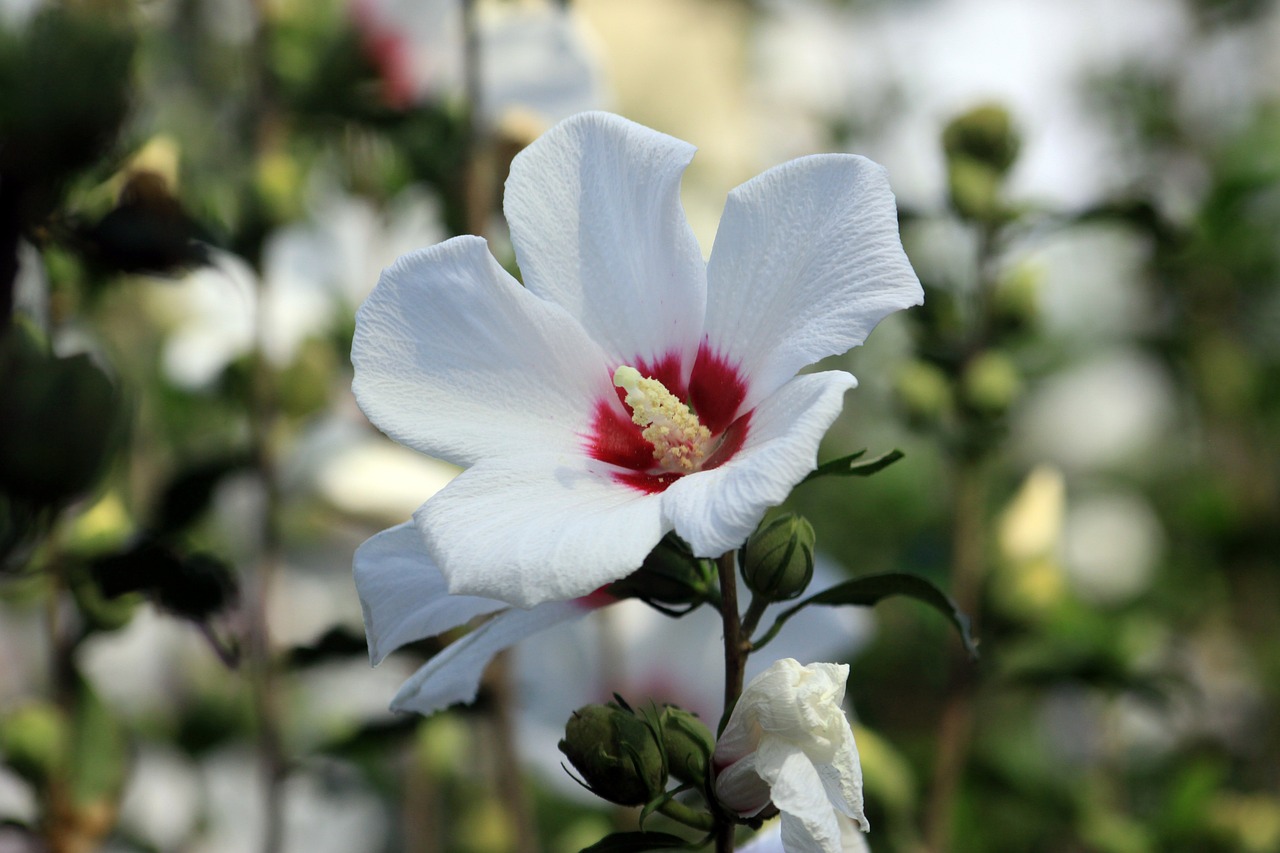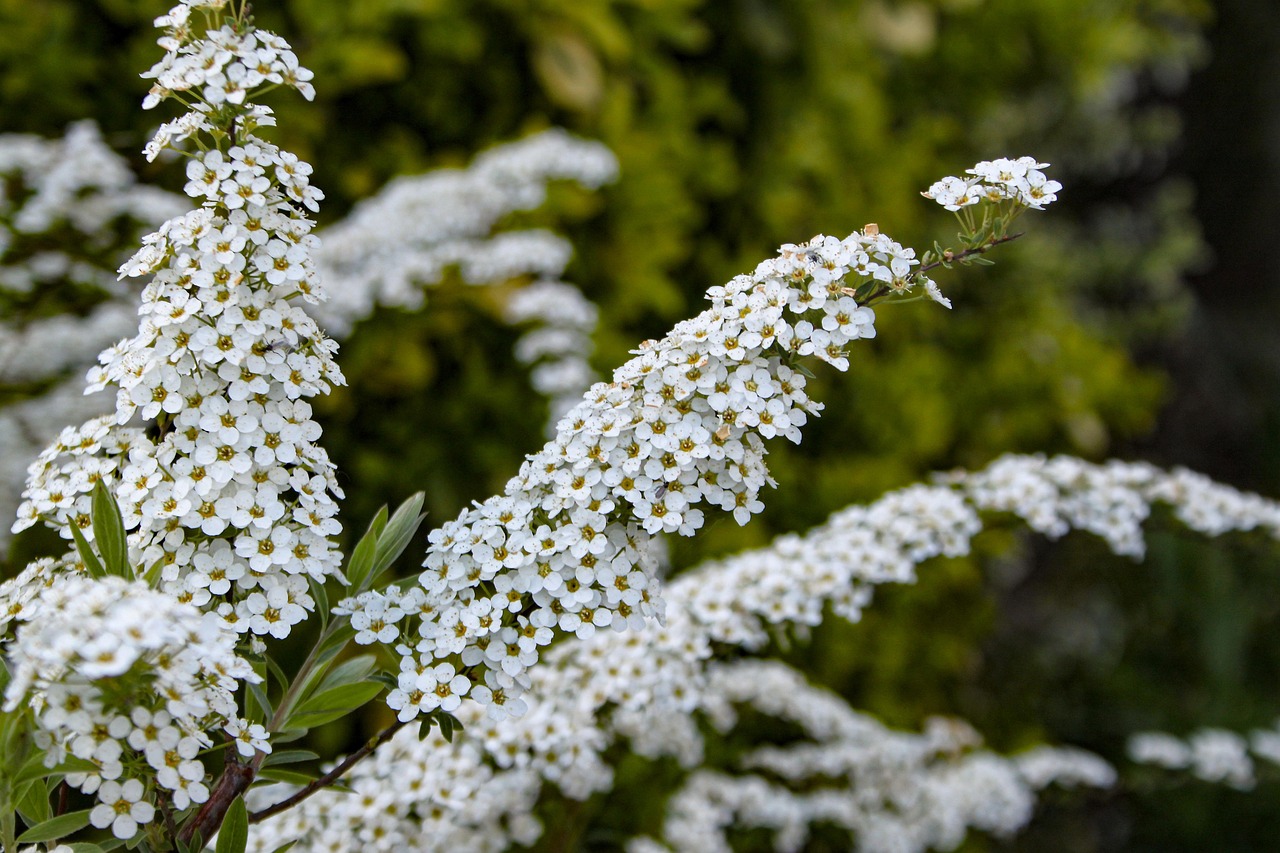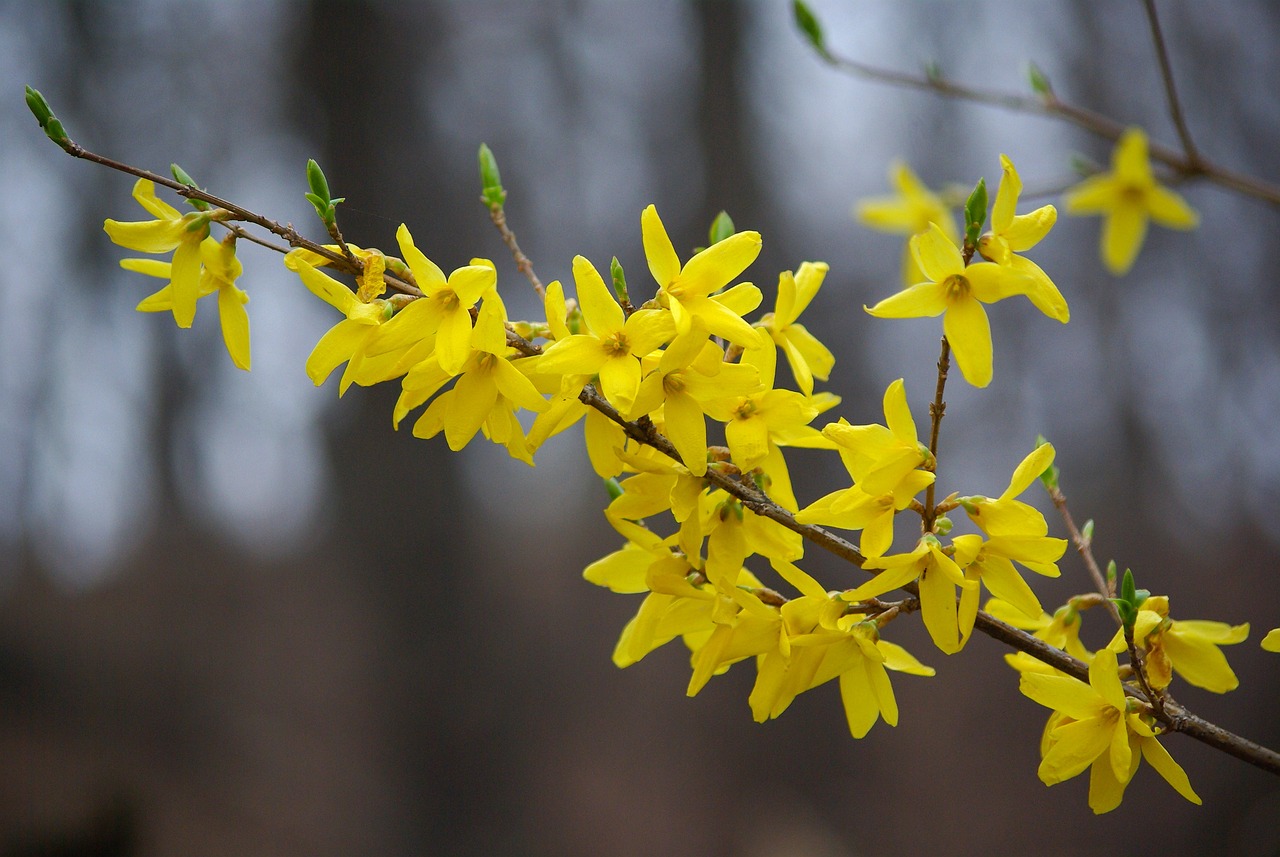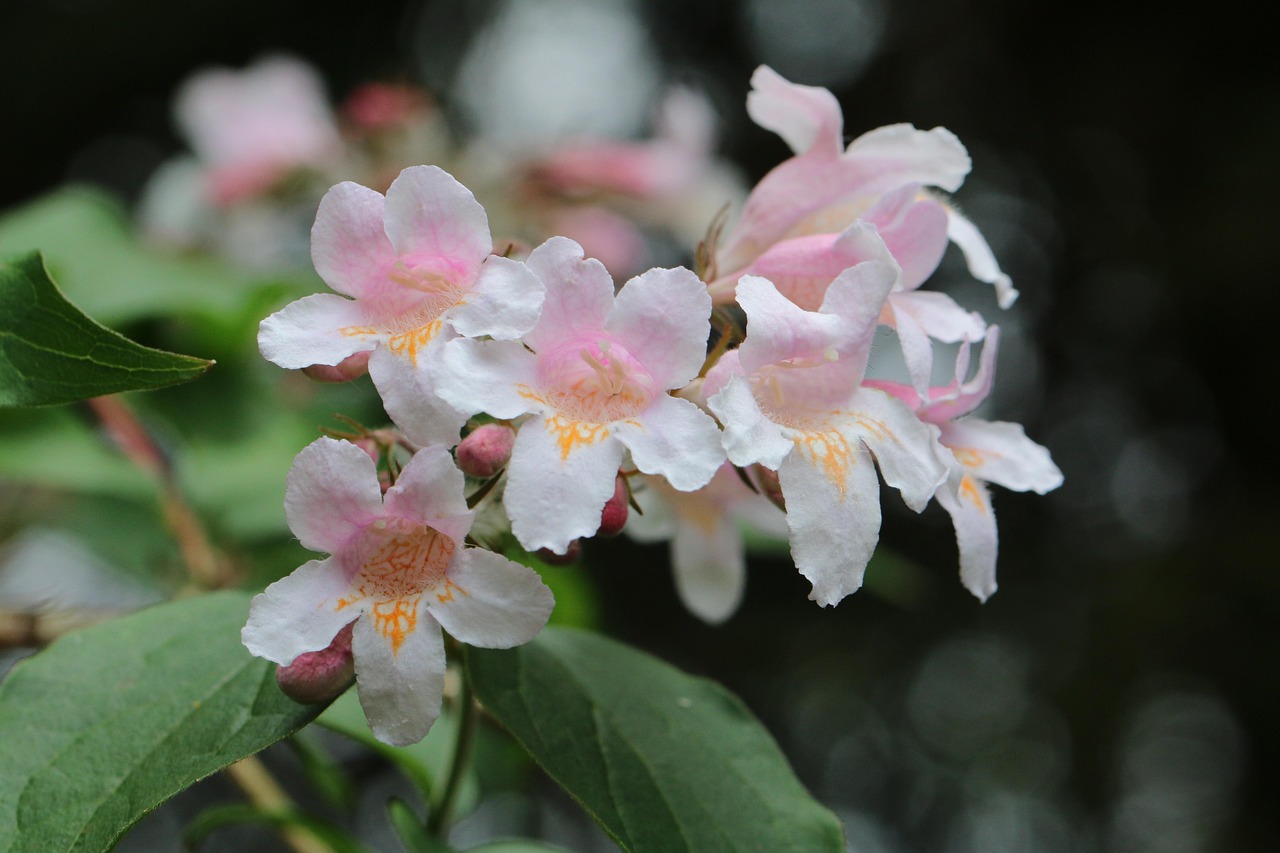Hydrangea | The Transient Beauty Blooming in Japanese Gardening Culture
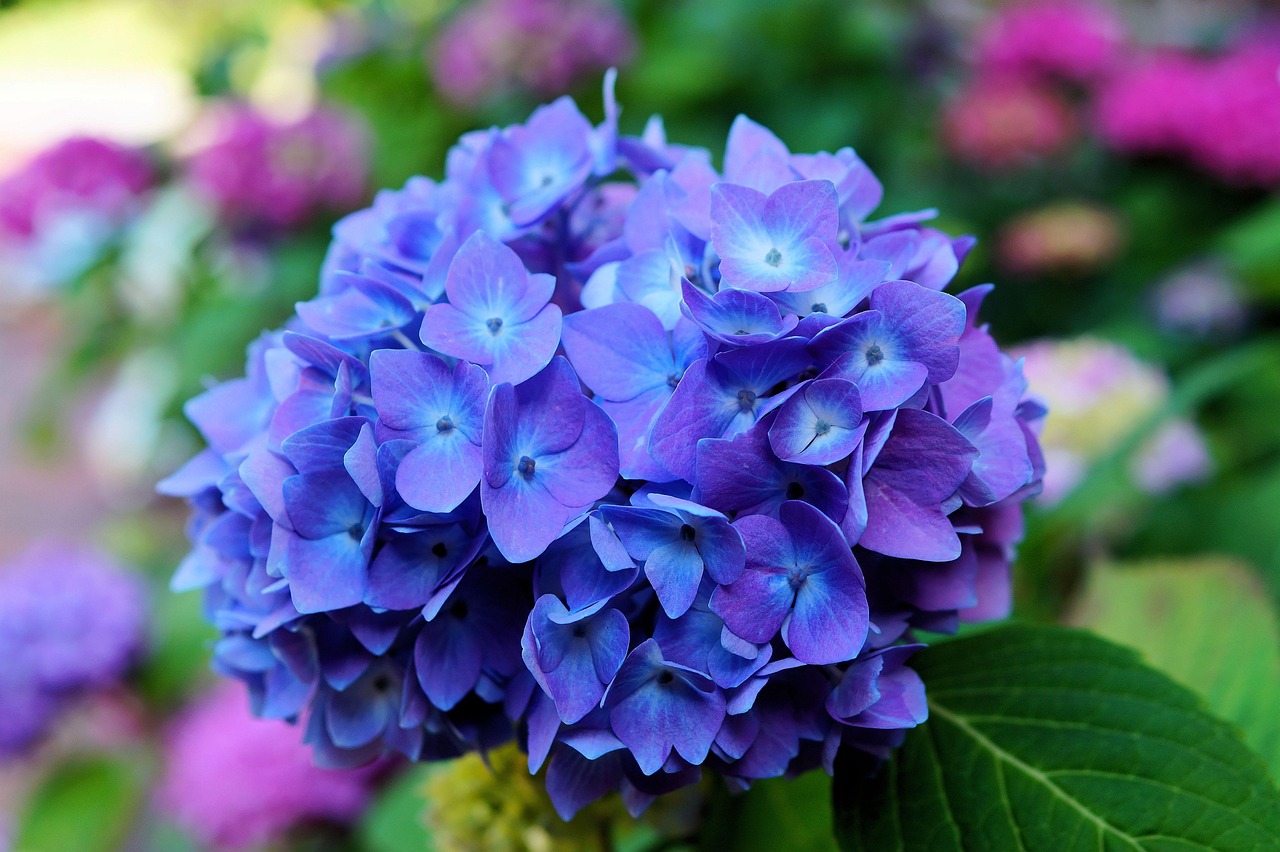
The hydrangea (Hydrangea macrophylla) is known as a symbol of the rainy season, distinguished by its vivid colors and round clusters of flowers. It is a deciduous shrub widely cherished as a garden tree, in parks, and as a potted plant, not only in Japan but also across the world.
In this article, I will introduce the basic information about hydrangeas, their cultural and historical significance, and essential tips for cultivation.
Basic Information
- Scientific name: Hydrangea macrophylla
- Family: Hydrangeaceae
- Origin: Japan, China, Korea
- Appearance: Hydrangeas grow to a height of about 1–2 meters. Their rounded clusters bloom in a variety of colors, including pink, blue, purple, and white. The flower color changes depending on soil pH: acidic soil produces blue flowers, while alkaline soil produces pink. The leaves are large and bright green.
- Blooming season: May–July
Cultural Characteristics Worldwide
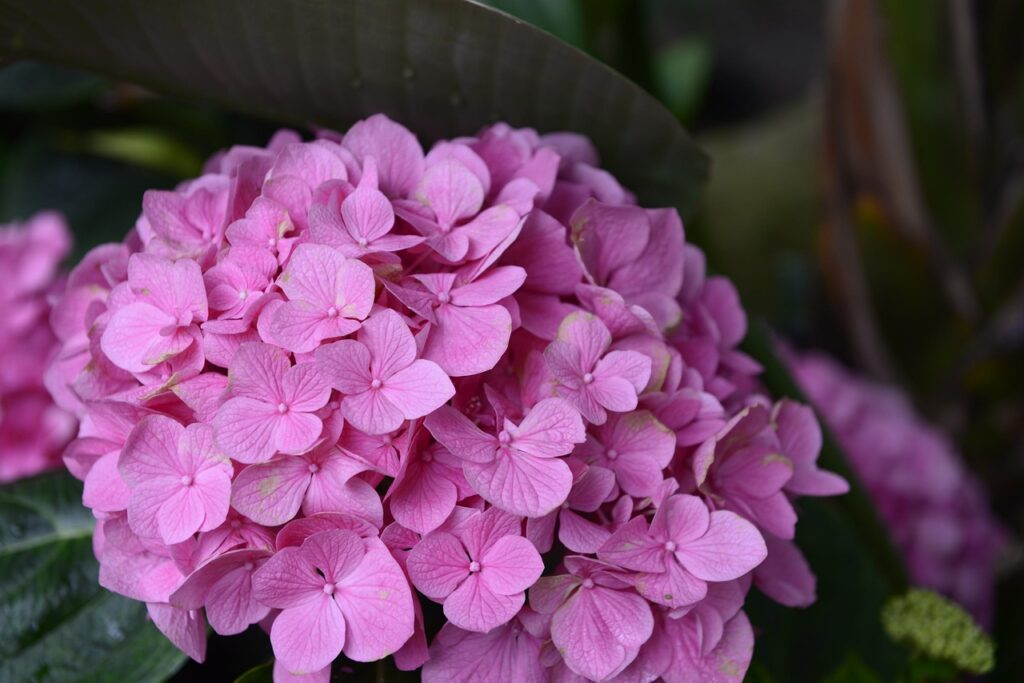
Hydrangeas have been cherished in Japan since ancient times, often planted in temples and gardens. They also appear in traditional poetry such as waka and haiku, symbolizing the beauty of the rainy season.
In Europe, hydrangeas were introduced from Japan in the 18th century and soon became an indispensable plant in gardening culture. Because of their color-changing nature, hydrangeas came to symbolize “fickleness” in Western traditions, a meaning reflected in the language of flowers.
In China, hydrangeas are loved as symbols of friendship and family bonds, often given as gifts on celebratory occasions.
Historical Background
The history of hydrangeas originates in Japan. Many horticultural varieties were developed during the Edo period. In the 18th century, the botanist Philipp Franz von Siebold brought hydrangeas to Europe, where the variety known as “Otakusa” became widely cultivated. The name is said to have been inspired by “Otaki-san,” a Japanese woman dearly loved by Siebold.
In France, hydrangeas were planted in court gardens and parks, gaining popularity among the aristocracy. By the 19th century, new varieties were being cultivated across different countries, and today hydrangeas are enjoyed worldwide in countless forms.
Gardening Advice
Hydrangeas bloom beautifully every year when properly cared for. Here are some key tips:
Sunlight
Prefer partial shade. Best in locations with limited direct sunlight.
Watering
Water generously when the soil surface dries. As hydrangeas are sensitive to dryness, pay special attention after the rainy season.
Soil
Moist but well-drained soil is ideal. Acidic soil produces blue flowers, while alkaline soil produces pink flowers.
Fertilizer
Apply slow-release fertilizer during the growing season (spring to early summer). A light application after flowering helps improve next year’s blooms.
Pruning
Prune after flowering, between June and July. Remove old or crowded branches to maintain shape.
Conclusion
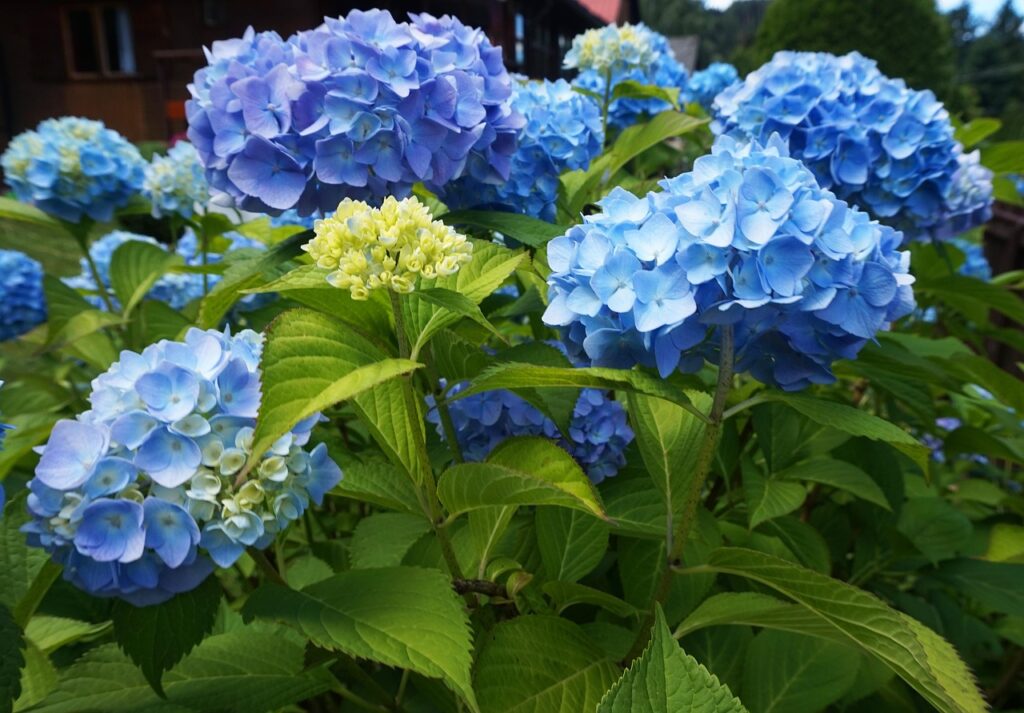
The hydrangea is a beautiful flowering shrub that brightens the rainy season, captivating with its colors that shift depending on the soil and environment. Originating in Japan and later spreading to Europe, it has won the love of people across the world.
With careful attention to sunlight and pruning, hydrangeas can enrich gardens year after year. Whether in a garden or in a pot, I encourage you to enjoy the many charms of this remarkable plant.


